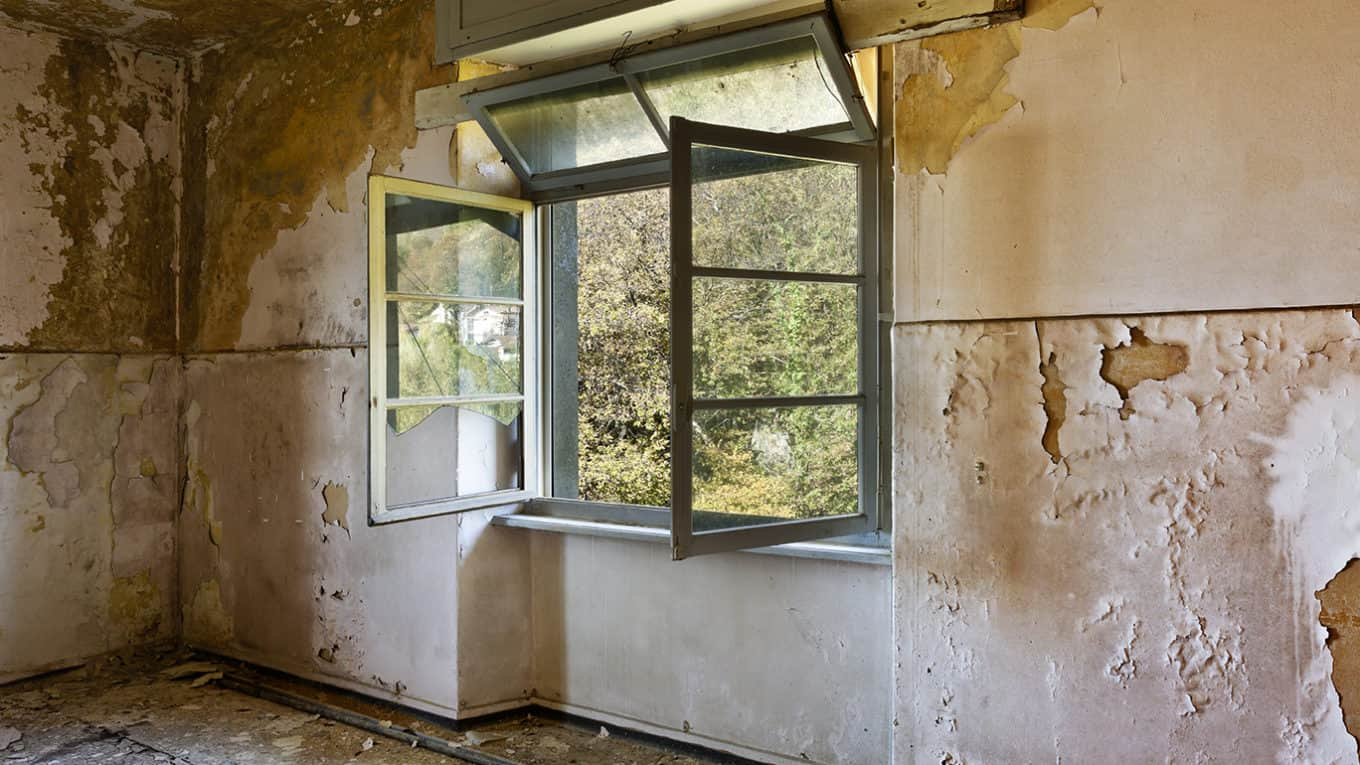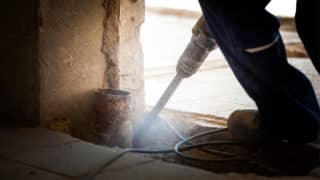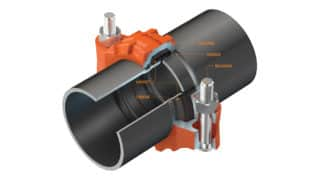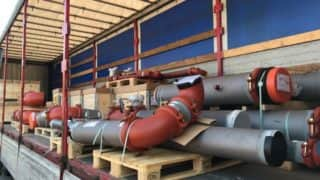Posted on April 09, 2019
When refurbishing old buildings, it is common to be faced with unforeseen events, such as the discovery of asbestos in the buildings’ structure, causing massive project delays, missing the project deadline and adding additional costs. Historic preservation also needs to be taken into account during construction works.
Tip Three: Take Unforeseen Circumstances and Historic Preservation & Sustainability into Account
When installing a new HVAC system into an old building, existing decoration, furniture, paintings and wallpaper need to be considered since these can be highly damaged by fumes released when welding. A mechanical retrofitting best practice is to utilize a grooved mechanical pipe joining system which eliminates these risks, as well as the possibility of damaging the interior when bringing in welding equipment and the extra costs for fire blankets to protect the interior.
Another factor that has a huge influence on the preservation of a building is humidity. For example, wooden or painted surfaces can crack when the humidity in the winter isn’t high enough, or when humidity is too high, moisture can migrate through the walls.
It is crucial to keep the downtime as short as possible to reduce the risk of humidity settling in. Therefore, it is important to select a pipe joining method that creates multiple benefits when retrofitting, especially in the chance of an unforeseen event happening. A grooved mechanical pipe joining system allows for easy installation and maintenance and sustainability, keeping the system downtime as short as possible and can help to recover lost time and cut unexpected costs.
View the complete Mechanical Retrofitting Best Practices series here:
- Effective project design and preparation are essential
- Select the correct mechanical pipe joining method
- Take unforeseen circumstances and historic preservation & sustainability into account
- Maximize jobsite productivity
- Implement modular mechanical room to improve system efficiency
- Mechanical noise and vibration control methods



